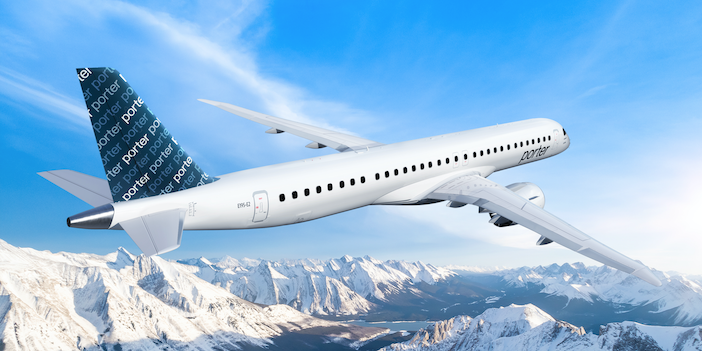The Civil Aviation Administration of China (CAAC) has granted Type Certification for the Embraer E195-E2. This is clearly good news for Embraer, which in its latest 20-Year Market Outlook published in June, forecast that the Asia Pacific region, including China, will show a strong growth rate, increasing its RPKs by 4.4% annually over the next 20 years. The need for flexibility, complementing narrow-body aircraft, is driving demand in the up-to-150-seat segment in China.
The E195-E2, the largest member of the E-Jet family, can accommodate between 120 and 146 passengers. According to Embraer it is the most fuel-efficient single aisle aircraft flying today, and delivers 25% better fuel efficiency per seat compared to previous generation E-Jets.
The E195-E2 was also successfully tested on 100% sustainable aviation fuel (SAF) in June last year. The use of SAF boosts the emissions reductions possible with the E195-E2 to 85%.
Arjan Meijer, president and CEO of Embraer Commercial Aviation said, “We’re excited to now have both the E190-E2 and E195-E2 certified by CAAC, paving the way for sales in the Chinese market.
“Our team in China is actively working with potential customers and making good progress. There are significant opportunities for the E2 in China, which offers complementary capacity to China’s indigenous ARJ21 and C919 aircraft; combined, they provide flexible, efficient, and eco-friendly options for Chinese airlines, meeting the demand of the world’s fast-growing air transportation market.”
The smaller E190-E2 (120 to 146 passenger seats) received a Type Certificate from the CAAC in November last year, with and entered into service in 2019 with Brazilian airline Azul.
“It’s another milestone for the largest Embraer jet – the E195-E2 – to be certified by CAAC,” said Guo Qing, managing director and VP of commercial aviation at Embraer China. “China is moving closer to carbon neutrality. The E195-E2 is the most environmentally efficient aircraft in its class. With a maximum of 146 seats, E195-E2 is the right size to profitably complement larger narrowbodies on lower density routes, connecting regional airports and offering travellers living in secondary and tertiary cities with one-stop access to routes worldwide.”
“With both the Chinese and Brazilian governments reiterating their support for Embraer’s activities in China during Brazilian President Lula’s State visit to China, I’m very optimistic about the opportunities in China,” Guo added.





